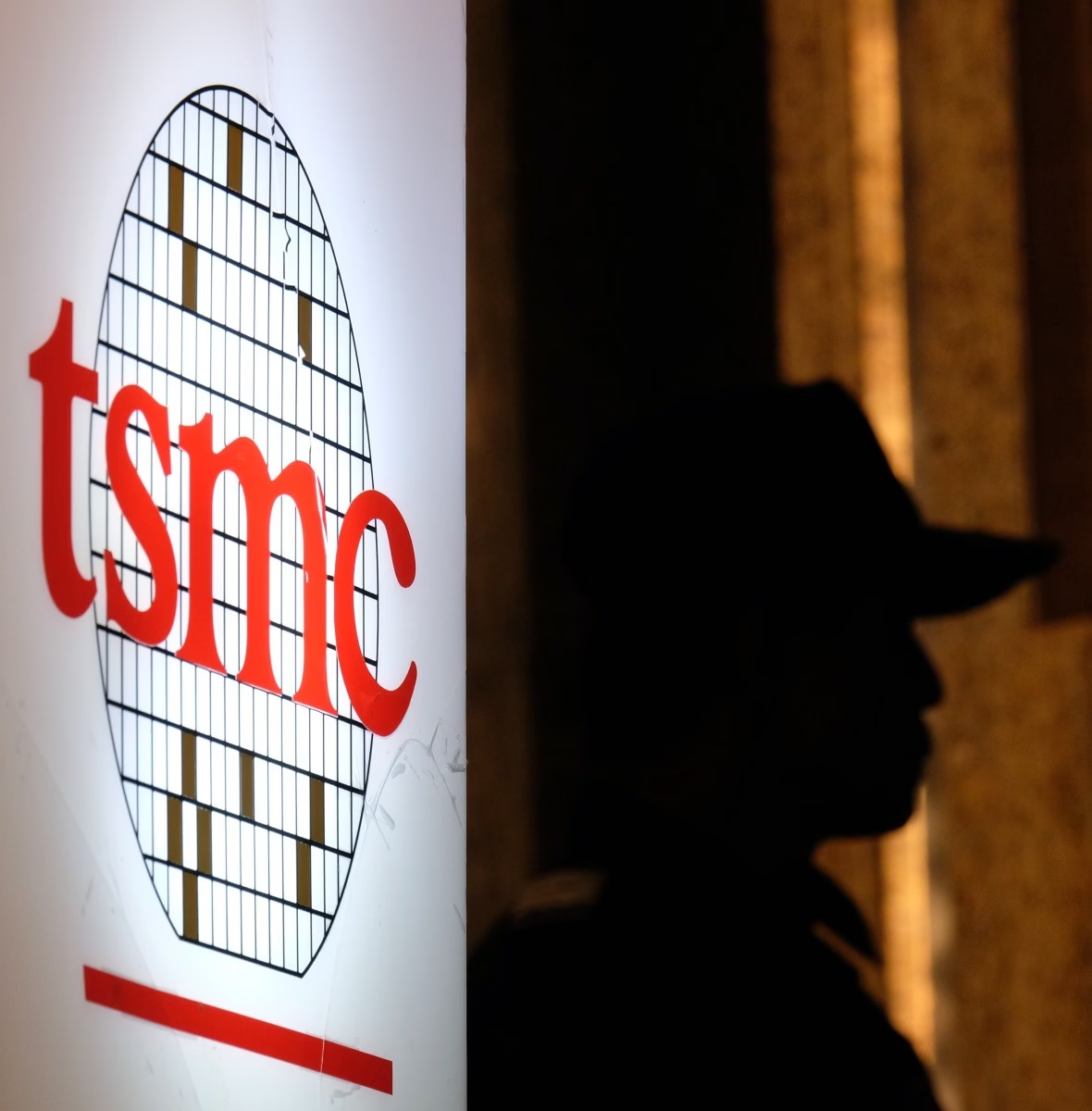Introduction: AI’s Appetite for Power
Artificial intelligence is not just redefining how we work, learn, and create—it’s also redefining how we power the digital age. As companies race to develop cutting-edge AI models, the infrastructure supporting these systems has become a battleground for supremacy. Nowhere is this more evident than in Meta’s latest announcement.
Meta Platforms, Inc. (formerly Facebook) has unveiled plans to supercharge its AI capabilities through Hyperion, a new data center project expected to deliver a staggering five gigawatts (GW) of computational power. This initiative, paired with a 1 GW supercluster named Prometheus, signals the next phase of AI dominance—not through algorithms alone, but through brute-force infrastructure.
Meta’s Hyperion and Prometheus Projects
In a post on Threads, Meta CEO Mark Zuckerberg detailed the company’s ambition: to build a data center so powerful and expansive it could rival the footprint of Manhattan. Hyperion is more than a facility—it’s a cornerstone for Meta’s Superintelligence Lab, a division already staffed with top-tier talent like former Scale AI CEO Alexandr Wang and ex-Safe Superintelligence leader Daniel Gross.
Slated for deployment by 2026, Prometheus, Meta’s 1 GW supercluster, will be one of the largest AI-focused clusters brought online to date. The sheer scale of these facilities reflects a strategic bet: the future of AI leadership lies in computational scale and energy dominance.
The Competitive AI Landscape
Meta isn’t alone in this infrastructure arms race. Companies like OpenAI, Google DeepMind, Anthropic, and xAI are all building massive computing infrastructures to support next-generation AI models. Notable projects include:
OpenAI’s Stargate (in collaboration with Oracle and SoftBank)
xAI’s Colossus Supercomputer
CoreWeave’s rapidly expanding hyperscale data centers
These developments are pushing the limits of what’s possible—and sustainable. The ability to train and serve large AI models is no longer a software challenge alone. It’s a hardware and energy challenge, demanding new paradigms in computing and resource allocation.
Infrastructure at a Cost: Environmental and Social Impacts
However, the race for AI supremacy isn’t without significant consequences. Data centers consume enormous amounts of electricity and water, placing stress on local utilities and ecosystems.
For example:
In Newton County, Georgia, a Meta data center caused residential water shortages, as reported by The New York Times.
A planned CoreWeave data center near Dallas is projected to double the city’s electricity demand, according to Bloomberg.
With data centers potentially accounting for 20% of U.S. electricity use by 2030, up from just 2.5% in 2022, this rapid expansion could cause friction between technological progress and community needs.
Federal Support and Strategic Alignment
Government support is playing a critical role in this transition. The Trump administration and energy leaders like U.S. Secretary of Energy Chris Wright have vocally championed AI infrastructure growth.
In a recent column in The Economist, Wright emphasized that artificial intelligence represents the “most valuable output imaginable: intelligence,” arguing for an energy policy that includes nuclear, geothermal, coal, and natural gas to meet AI’s surging power requirements.
This alignment between public policy and private innovation suggests a long-term national strategy: making the U.S. the global hub for AI research, infrastructure, and implementation.
The Trenzest Take: Navigating the Future of AI Infrastructure
At Trenzest, we’re closely tracking how developments like Meta’s Hyperion are reshaping the digital and energy landscapes. As businesses adapt to a world increasingly powered by AI, understanding the intersection of technology, infrastructure, and sustainability becomes mission-critical.
By staying ahead of these shifts, you’re not just reacting to disruption—you’re leading it.
Conclusion: What’s Next for AI and Energy?
Meta’s announcement underscores a hard truth: the future of AI isn’t just about smarter algorithms—it’s about smarter infrastructure. The industry is undergoing a massive transformation, one that blends software sophistication with hardware muscle.
As the world watches this digital energy boom unfold, businesses and policymakers alike must ask: how do we build responsibly, sustainably, and competitively?
Stay informed, stay agile, and stay ahead—with Trenzest.




